VR Natural Walking in Impossible Spaces
A downloadable research study for Windows and Android
Virtual Reality (VR) is one of the most immersive media and has been considered as the first step towards achieving hyperreality, a condition in which consciousness is unable to distinguish reality from a simulation of reality. In its current state however, VR is far from being truly immersive. Among other shortcomings, the physical confinements of our real-world surroundings restrict us from being able to freely move around in the (potentially) infinitely large virtual world, and as such, developers have opted for alternative means of locomotion. While these techniques achieve the desired result, the illusion is broken in the process, and thus the distinction between the physical and virtual world is made clear.
This study aims to investigate the potential that natural walking in impossible spaces (Euclidean orbit-manifolds) provides as a viable locomotion technique in VR when compared to conventional movement techniques (i.e. teleportation, arm-swinging and touchpad/joystick). I believe that your experience will be a valuable source of information, and hope that by participating, you may gain useful knowledge.
Experiment:
Procedures: In this experiment you will be asked to complete a set of tasks for four different houses, in each case, using a different locomotion technique to move around. After completing all tasks for a house, you will then fill in three questionnaires describing your experience. Note that the order of locomotion techniques differ per candidate to mitigate the effects of learning bias.
Requirements: In order to participate in this study, you need a room-scale VR setup with a play-area of at least 2.5x2.5m (8.2x8.2ft).
Duration: This experiment will take about 40 minutes to complete (i.e. 10 minutes per technique).
Risks: When using Virtual Reality some participants experience symptoms of nausea (otherwise known as Simulator Sickness). While I have designed the test environment to minimize such symptoms I cannot guarantee that they will not occur.
Disclaimer/Withdrawal: Your participation is completely voluntary; you may refuse to participate, and you may withdraw at any time without having to state a reason and without any prejudice or penalty against you. Should you choose to withdraw, I will not use any of the information you have provided without your signed consent. Note that, if I find it necessary, I may also withdraw you from the study at any time.
Confidentiality: All information collected in this study will be kept private in that you will not be identified by name or by affiliation to an institution.
Remuneration: Participants will each receive $10 for completing the research study! Please message me on Discord (Daniel Lochner#6097) or via an email for further instructions on how to receive payment. Note that this only applies to the first 30 participants and to those with PayPal accounts.
"Great! How do I participate?"
While we're no longer accepting further submissions, you're still welcome to download the project files from either of the links below and run the application! Thanks to everyone who participated! :)
| Status | Released |
| Category | Other |
| Platforms | Windows, Android |
| Rating | Rated 5.0 out of 5 stars (1 total ratings) |
| Author | Daniel Lochner |
| Tags | impossible-spaces, research, Virtual Reality (VR) |
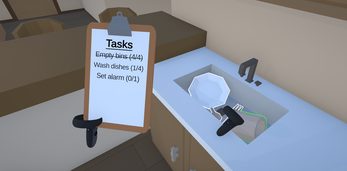
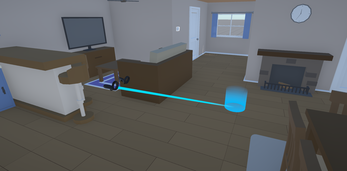

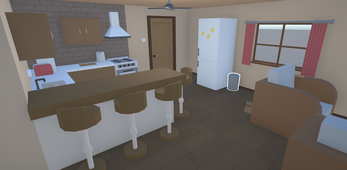
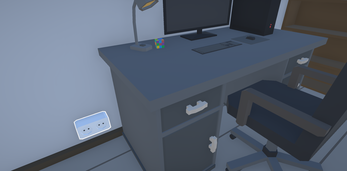
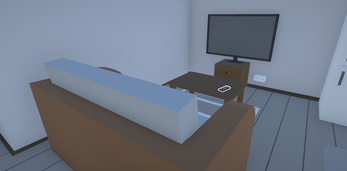
Comments
Log in with itch.io to leave a comment.
ciao stavo cercando qua un gioco simile a tea for god (conosco tutti ma proprio tutti i giochi di spazi impossibili quindi se me ne consigli altri sicuramente li conosco) sto aspettando che esca prima o poi un vero gioco di spazi impossibili con una grafica bellissima, nel frattempo voglio provare questa tua demo
Hey Daniel, thx for your work. Trying to do similar thing for my thesis. i don't get your portals working (shader dont show anything) is there also some kind of documentation how to set it up proberly?
Hi, I'm in a simillar position trying to figure it out now. Were you able to get the portals working in the end, and if so, how did you go about it? Thanks